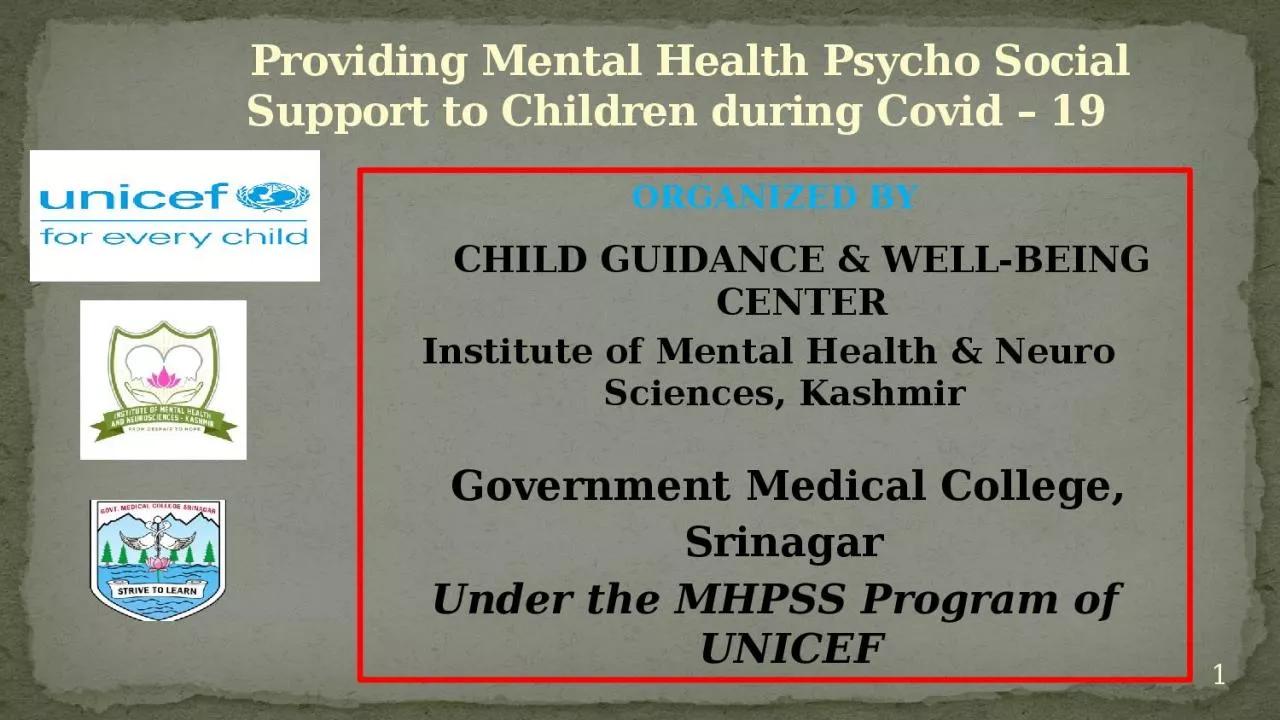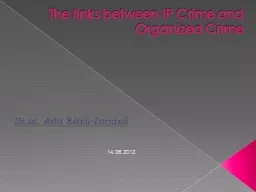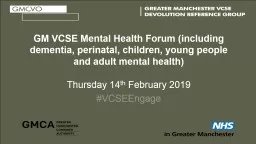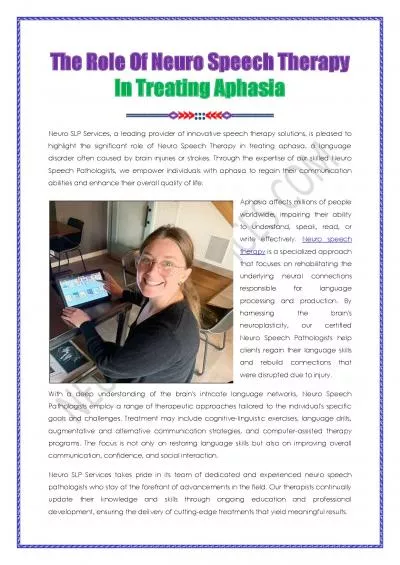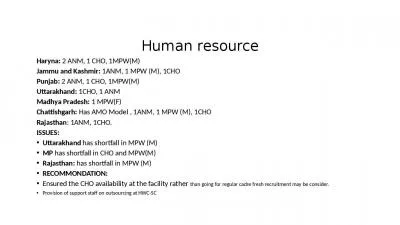PPT-ORGANIZED BY Institute of Mental Health & Neuro Sciences, Kashmir
Author : davis | Published Date : 2024-01-29
Government Medical College Srinagar Under the MHPSS Program of UNICEF Providing Mental Health Psycho Social Support to Children during Covid 19 1 CHILD GUIDANCE
Presentation Embed Code
Download Presentation
Download Presentation The PPT/PDF document "ORGANIZED BY Institute of Mental Health ..." is the property of its rightful owner. Permission is granted to download and print the materials on this website for personal, non-commercial use only, and to display it on your personal computer provided you do not modify the materials and that you retain all copyright notices contained in the materials. By downloading content from our website, you accept the terms of this agreement.
ORGANIZED BY Institute of Mental Health & Neuro Sciences, Kashmir: Transcript
Download Rules Of Document
"ORGANIZED BY Institute of Mental Health & Neuro Sciences, Kashmir"The content belongs to its owner. You may download and print it for personal use, without modification, and keep all copyright notices. By downloading, you agree to these terms.
Related Documents

